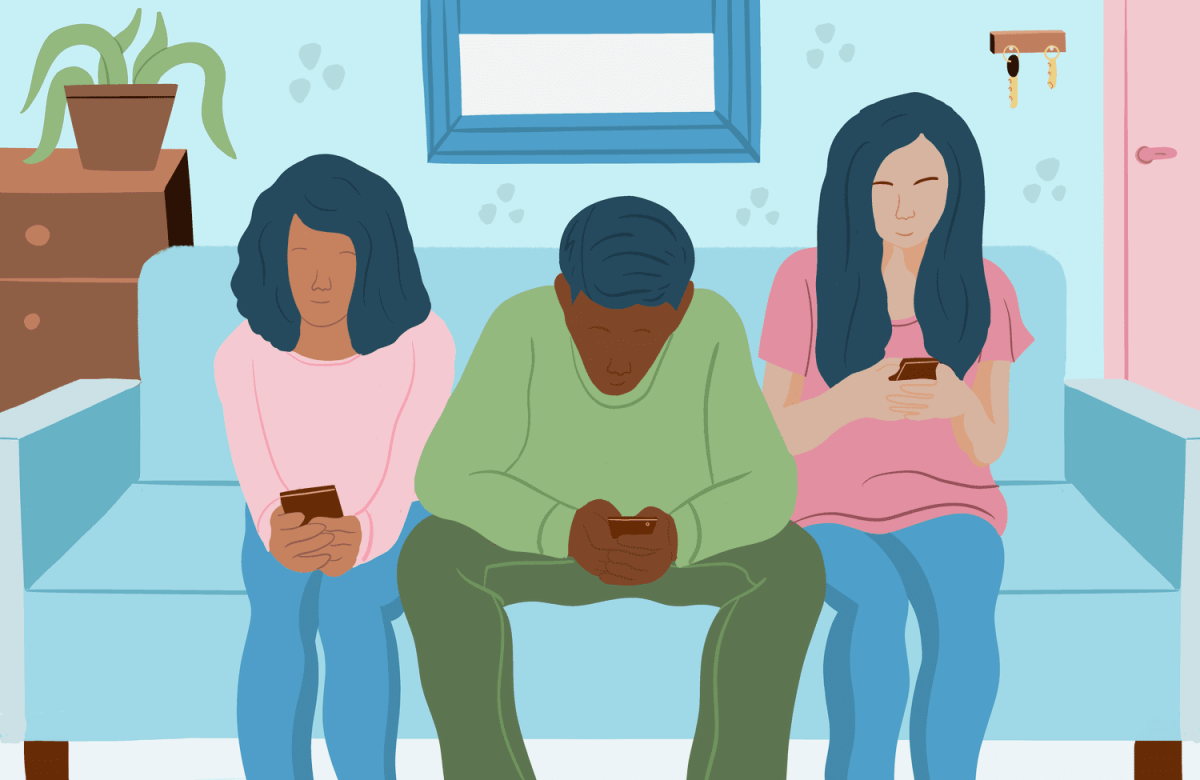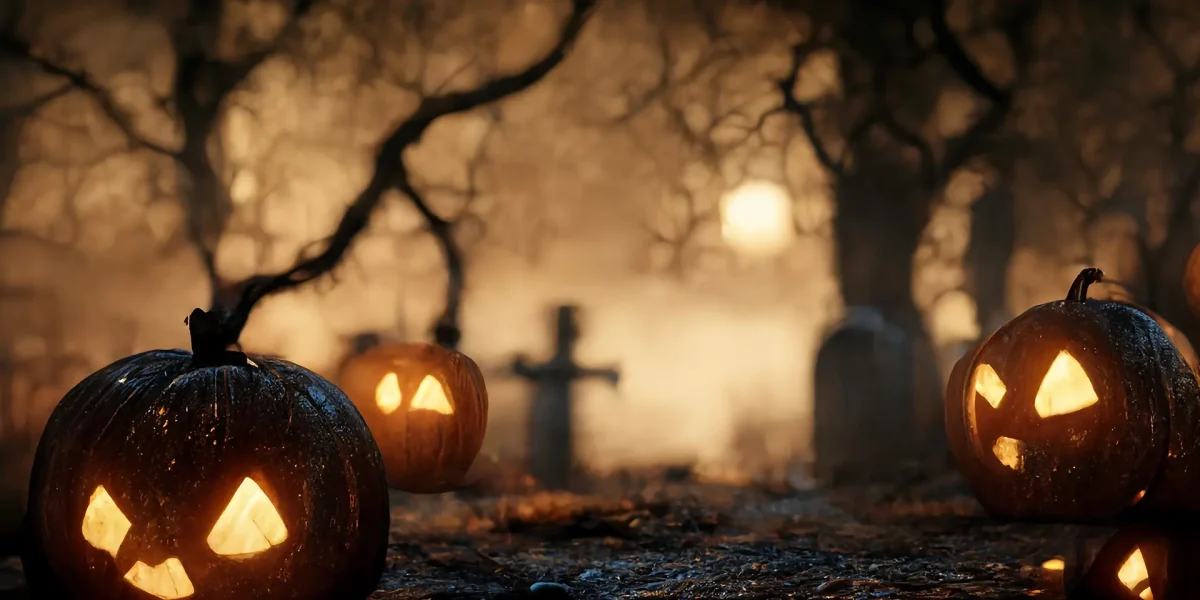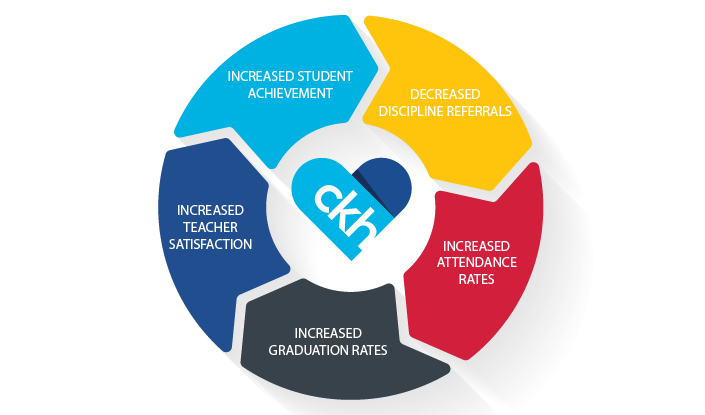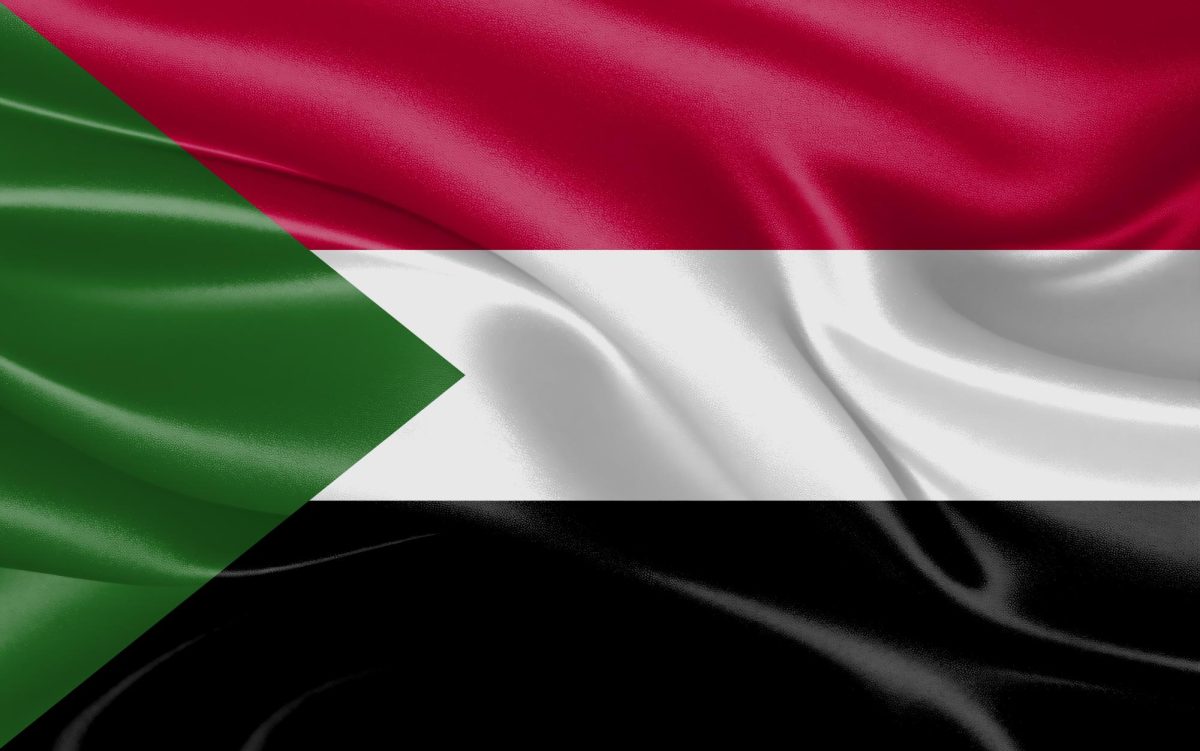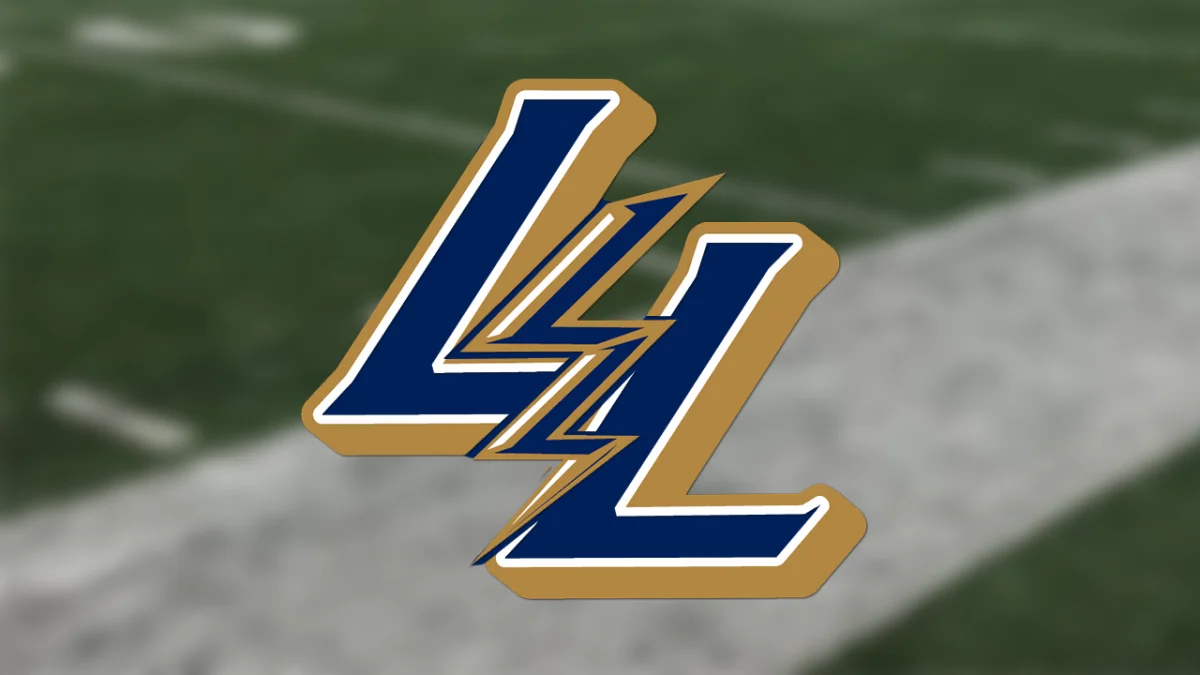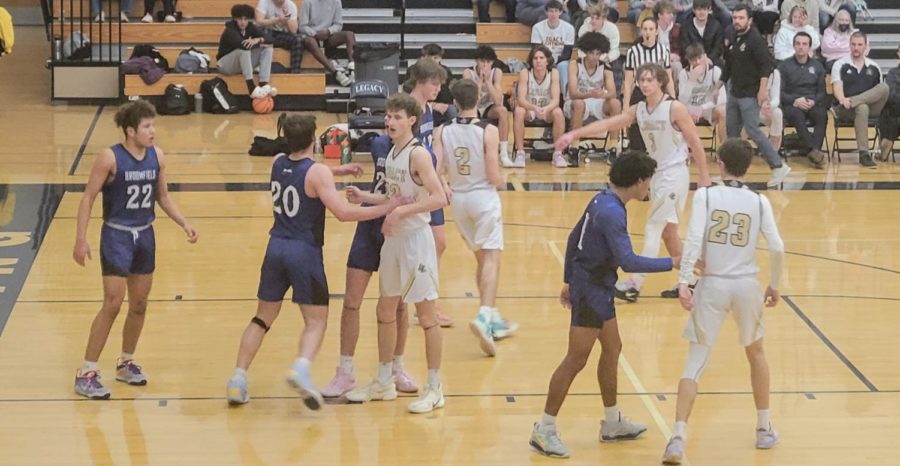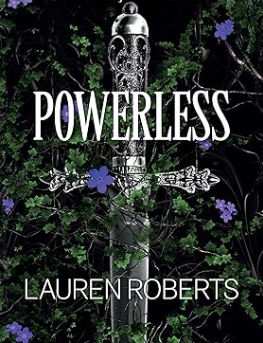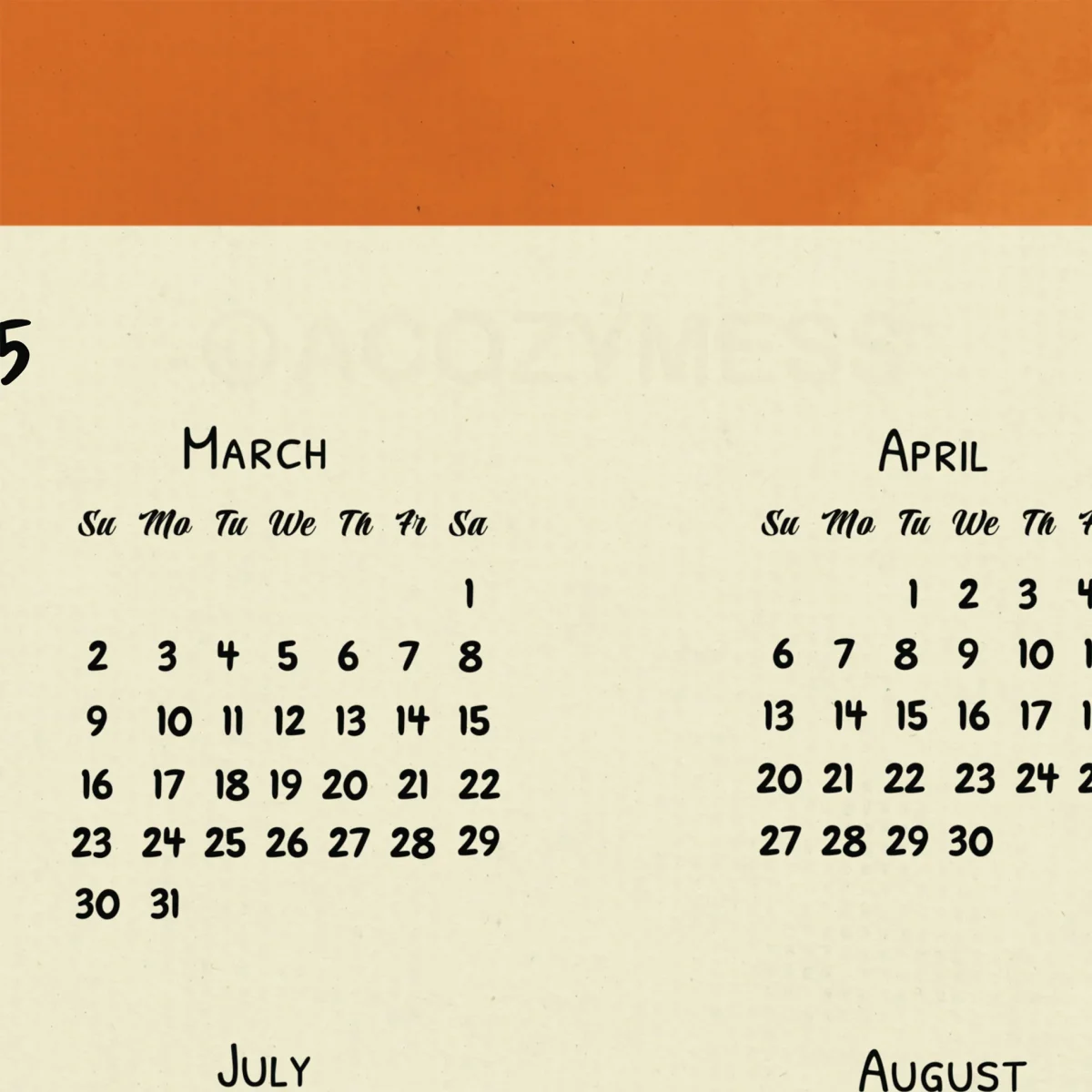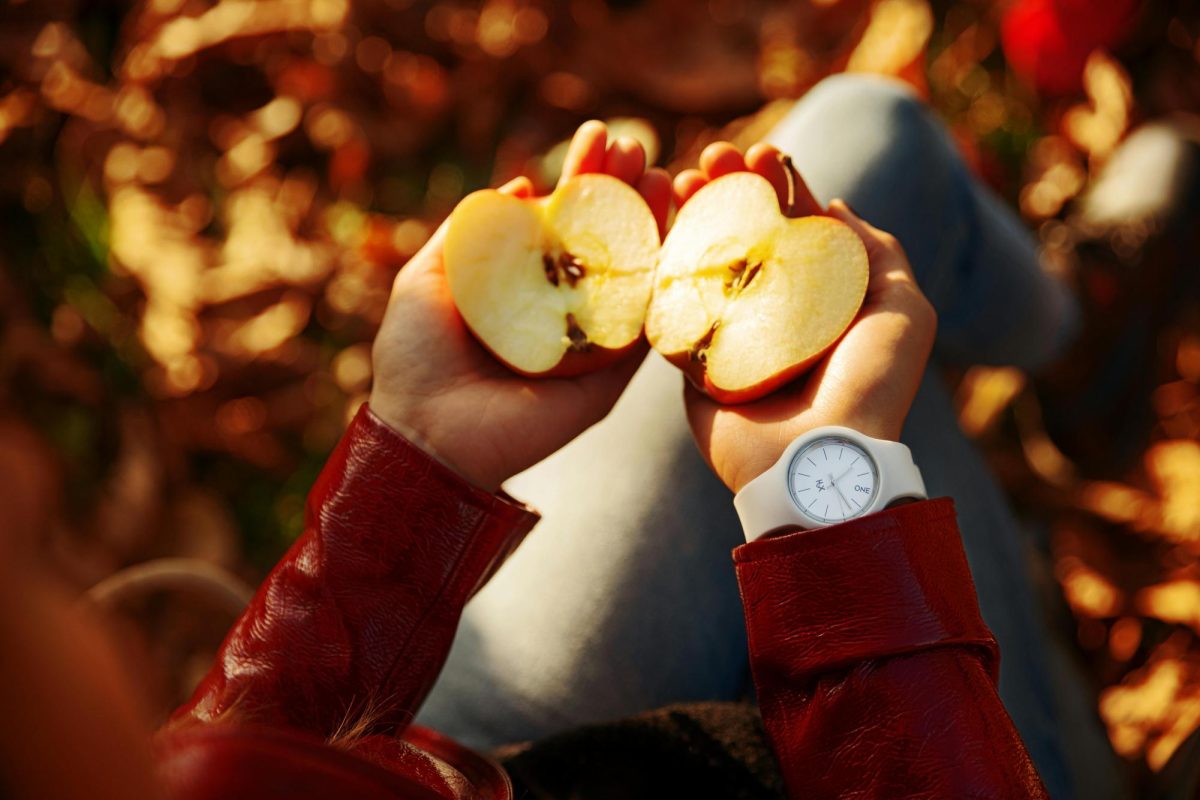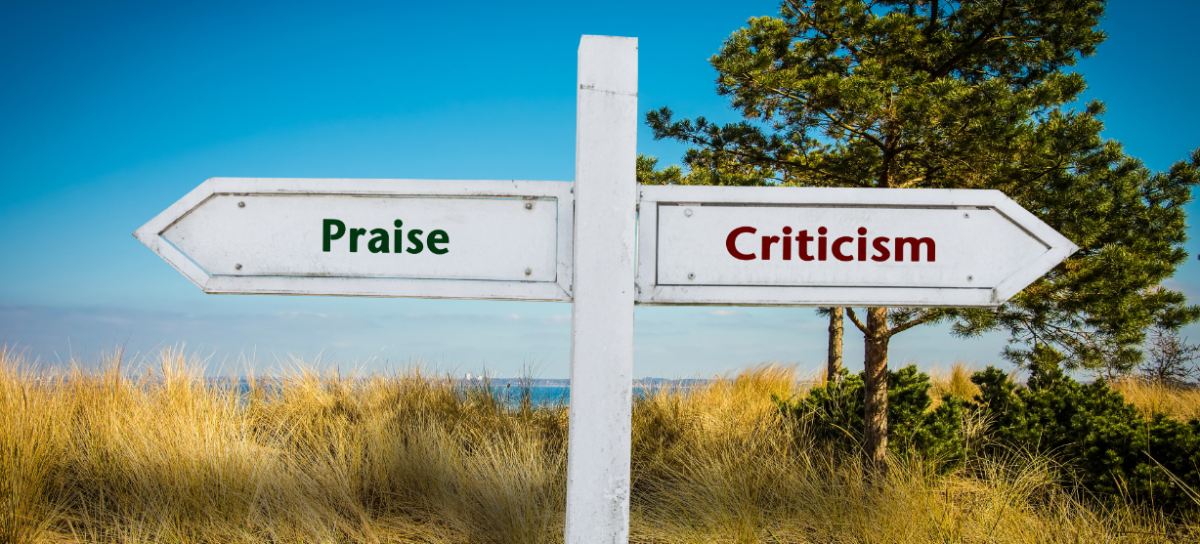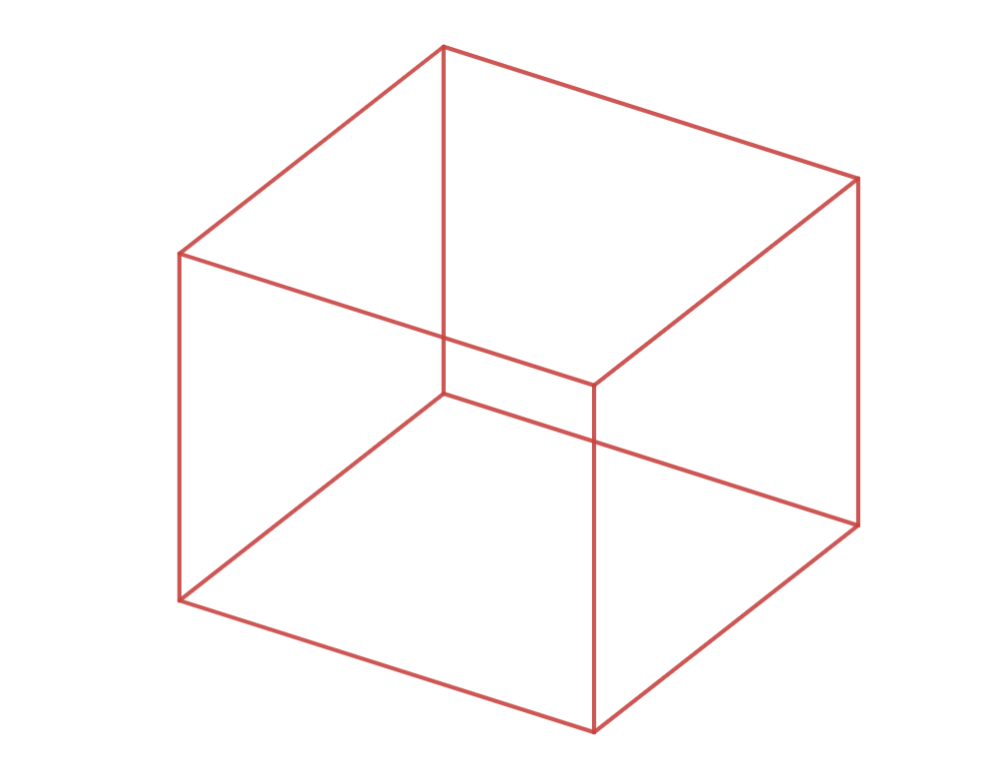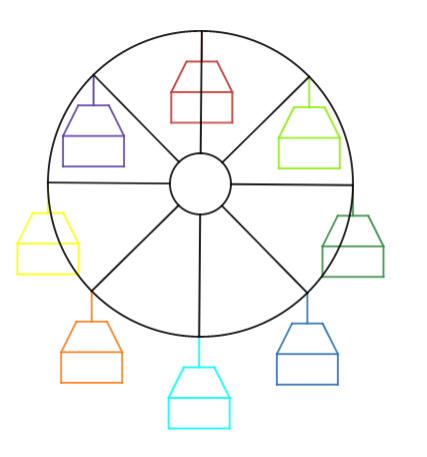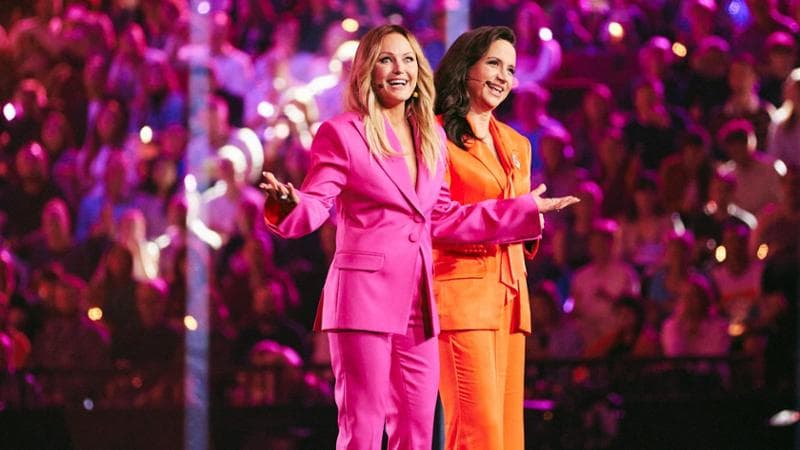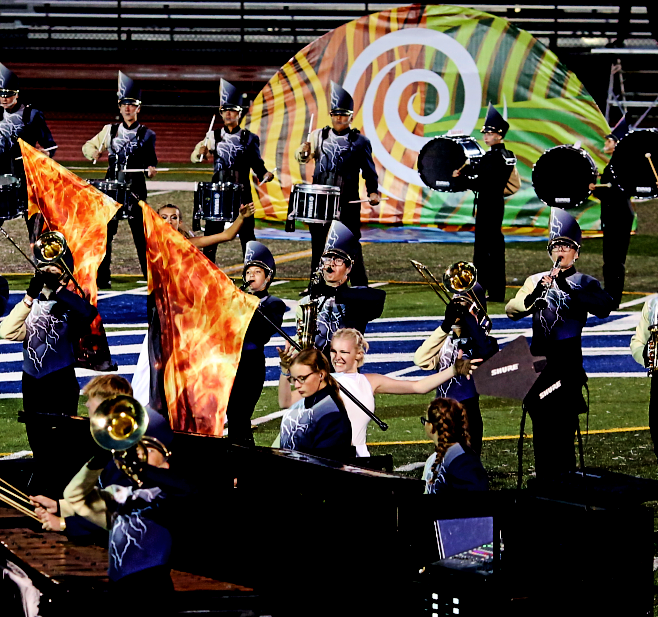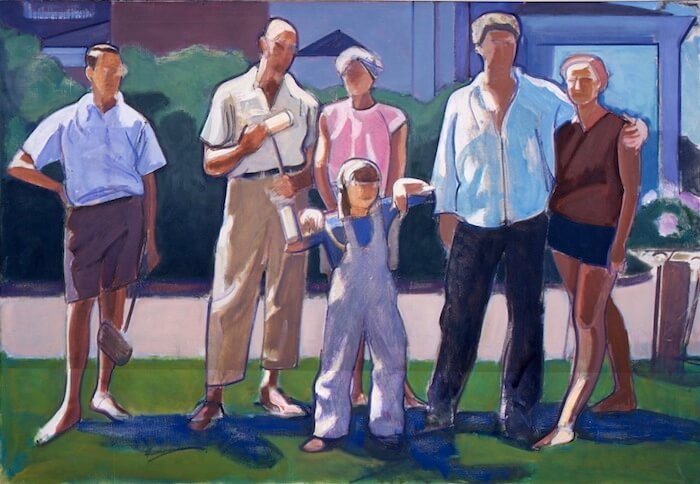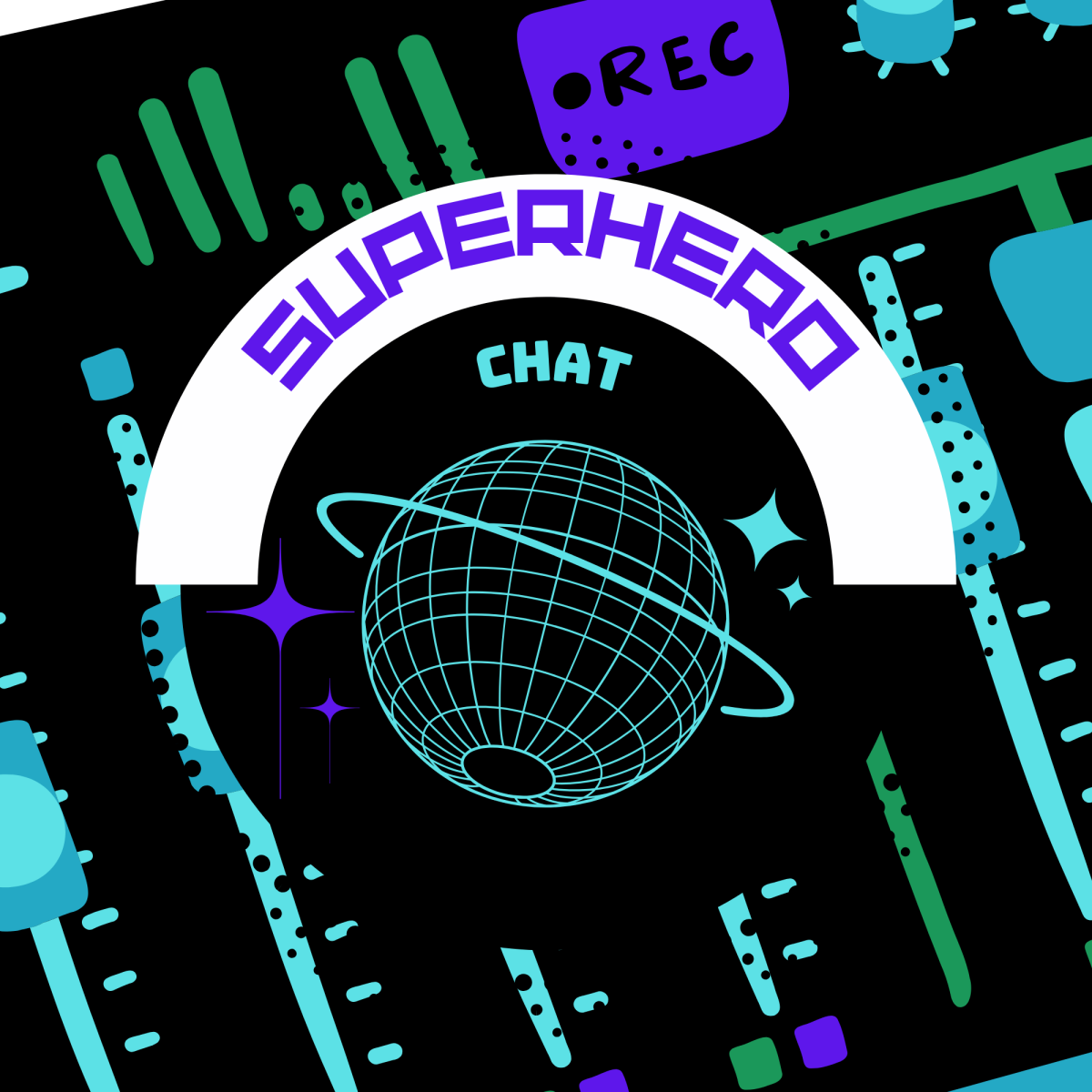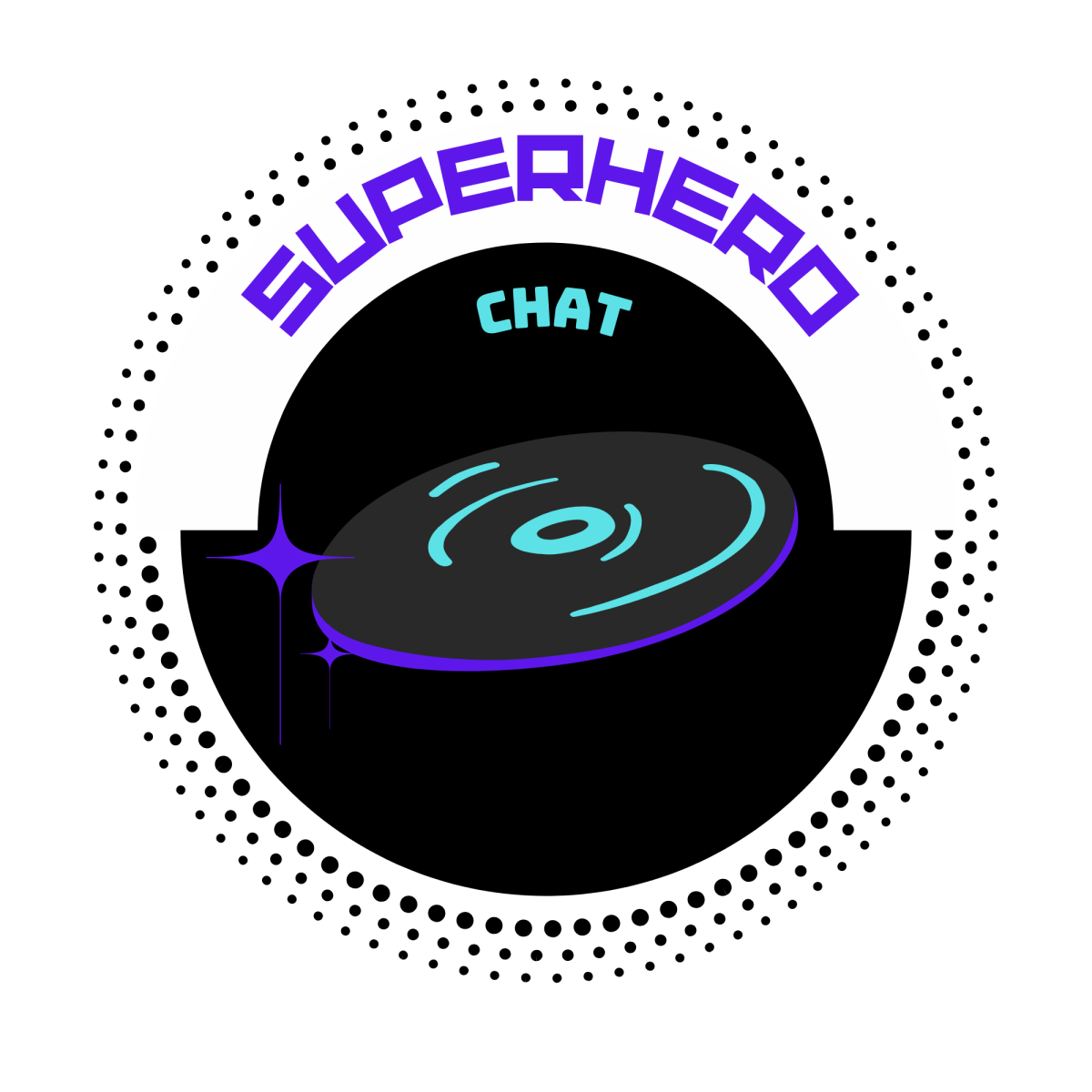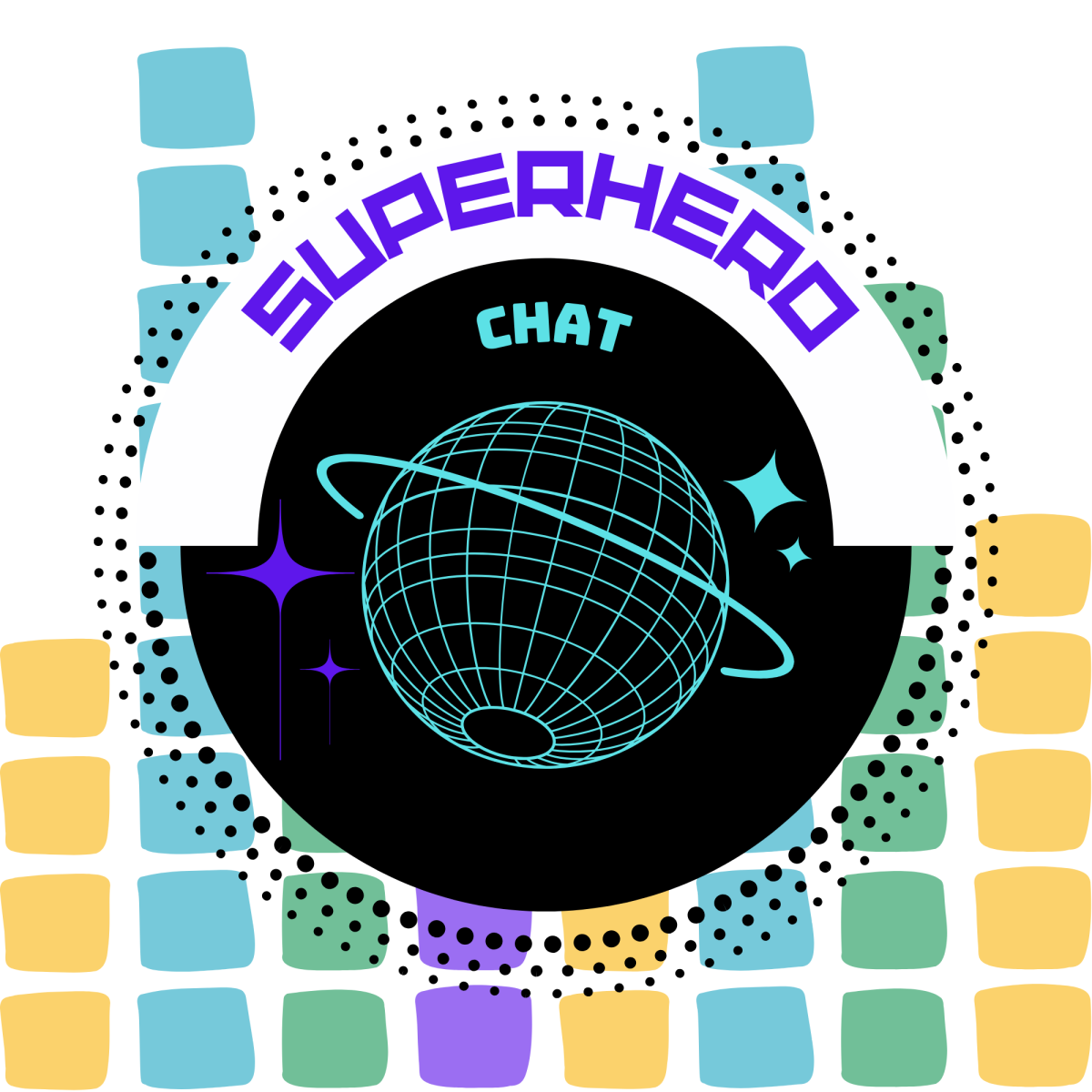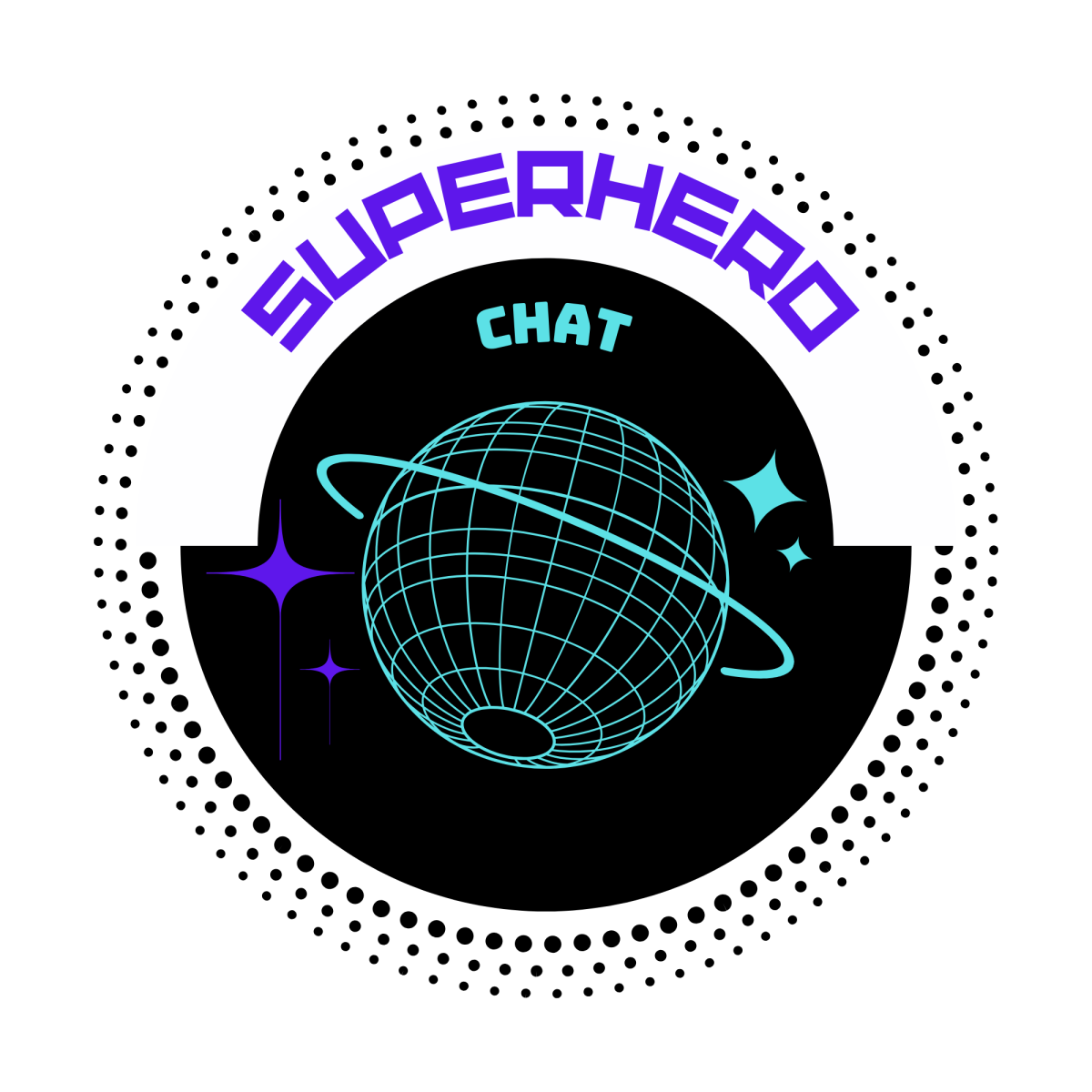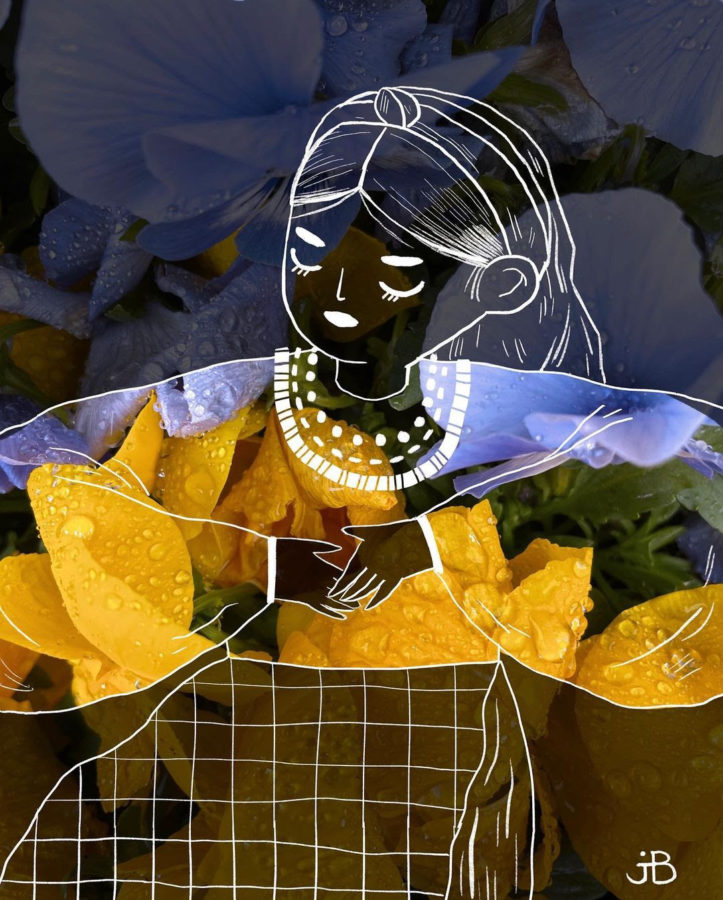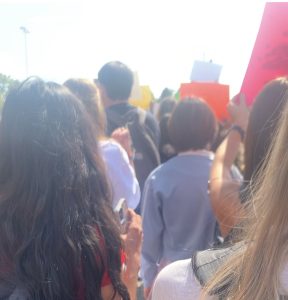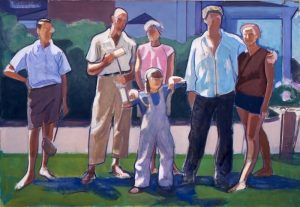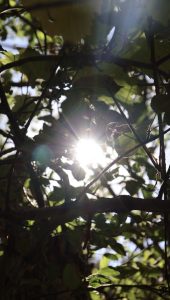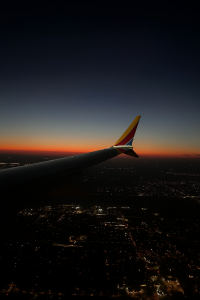Russia v. Ukraine
May 18, 2022
It has been more than three months of non-stop invasion on the other side of the globe: Russia v. Ukraine. During its “beginning”, this event has sparked conversations within many communities and worries about its impact on the U.S. However as each month flew by, this topic has been less talked about despite the fact that understanding this issue is more important than ever. Due to its prevalence and impact on our lives, this article will cover Russia and Ukraine’s history, the future of the war, and small contributions to lessen the pain.
A Little Background Knowledge…
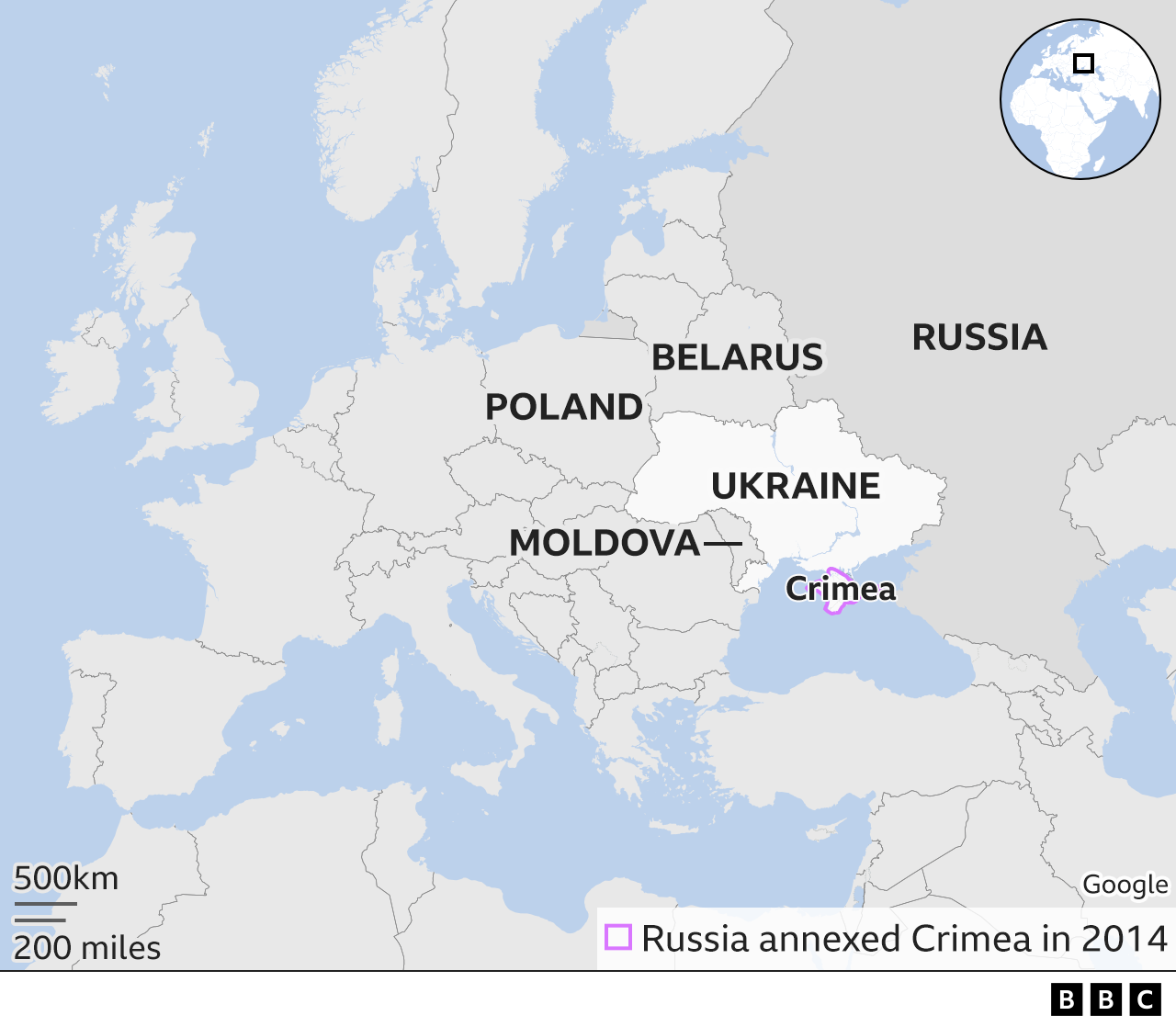
Bordered by Belarus in the North, Russia in the East, and other countries such as Poland and Slovakia in the West, Ukraine is the second-largest country in Europe and is known for its participation in the Soviet Union as well as the Chornobyl disaster, a nuclear accident. Because of this, Ukraine’s culture is mainly influenced by western Europe and Russia. It has diverse geography as it contains the Carpathian Mountains on the west edge, the rivers―specifically the Dneiper River in the middle, and lowlands throughout. Ukraine had a notably productive economy, even playing a large part in the Soviet Union’s economy before it declared its independence. Ukraine has a unitary state where much of the power resides within the central government.
On the other hand, Russia stretches over the majority of Europe and is historically known for its participation in the Soviet Union. Many of its citizens are diverse and the country has a legacy in the arts and sciences. Notable figures include Pyotr Ilyich Tchaikovsky, who composed The Nutcracker and Swan Lake, and Aleksandr Pushkin, one of the founders of current Russian literature.
Deeply Rooted Conflict
Although this event has seemed to be a sudden recent event, Russia and Ukraine have tension engrained in their history.
1793: Most of the current Ukrainian land was added to the Russian empire.
1917: The Russian emperor was overthrown, and Ukraine developed a provisional government (an emergency government for political transitions) and announced its status as a republic of Russia.
1918-1922: Ukraine declares independence from Russia, with help of Germany and Austria in exchange for Ukraine’s food supply. The Treaty of Brest-Litovsk made it an international event. However, Ukraine’s allies were forced to retreat after the fall of the Central Powers and Ukraine was between a Poland and Russian war. Eventually, Ukraine was forced to become a part of the Soviet Union in 1922.

1932-1933: Stalin’s collectivization policy led many Ukrainians (and others under Stalin’s regime) into starvation, deportation, or exile.
1939-1945: World War Two occurs, with Ukraine supporting both the Axis Powers―civilians being the majority of the supporters―and Germany.
1991: Ukraine declares independence by a 92% vote.
1994: The Nuclear Nonproliferation Treaty stated that Russia will dismantle its launchers and hold Ukraine’s nuclear warheads. Later in the year, Russia, Ukraine, the United Kingdom, and the United States sign the Budapest Memorandum, committing to respect Ukraine by using no force or threats.
Ukraine joins North Atlantic Treaty Organization (NATO), an international military alliance between 28 European and 2 North American nations. Throughout the following years, Ukraine’s

relationship strengthens with NATO.
2014: Ukrainian people protest against their president and Russian supporter, Viktor Yanukovych. This protest, called the Euromaidan Protests, he refused to sign an agreement to further connect Ukraine with the European Union and reject the remnant Soviet Union values and other unjust ways of life. This resulted in more and eventually violent protests, which removed the president from power and left him fleeing to Russia. Pro-Russian movements then became more prominent than before, seeding into Eastern Ukraine and causing many conflicts.
Almost after in February, armed Russian soldiers occupy key areas in the Crimean peninsula, but had no Russian sigma. This created tension as President Vladimir Putin admitted his soldiers while Ukrainians wanted to prove that Putin would fire first. By March, the entire border was secured by Russian soldiers.

On March 16, the Crimean Supreme Council held a referendum (a direct election), only allowing citizens to vote to join Russia or under Crimea’s 1992 constitution that allowed Crimea to self-govern. The referendum was flawed as it lacked credible observers, allowing 97.6% voting to join Russia out of the 83% turnout. However, a leaked report from Russia’s Human Rights Council published a 30% turnout with 50% of those voting to join Russia.
2014-2015: In the neighboring country, Belarus, Ukraine signed two agreements called the Minsk Accords to resolve conflict within the country, which was caused by protests, as explained previously. However, the Minsk Accords were quite pointless, and according to the New York Times, “More civilians and soldiers on both sides have died in the seven years after they were announced than the year of war that preceded them”.
2019: Current president, Volodymyr Zelensky was elected as president of Ukraine. Prior to his presidency, he was an actor and comedian with little political experience. Nevertheless, his large following and campaign to bring peace to Ukraine allowed him to win by a landslide.
But, Why?

Since current news of the invasion is already well known, the following information will focus on the reasons behind the invasion. However, current information about the invasion is linked in the “Further Sources”.
In February, Dr. Hein Goemans, a political science professor at the University of Rochester, was interviewed regarding the invasion. When asked about Putin’s mission, he responded, “he wants to reestablish directly or indirectly, by annexation or by puppet-regimes, a Russian empire—be it the former USSR or Tsarist Russia” or to prevent revolution and keep himself in political power. More current articles explain that it is more of the latter as the expansion of NATO and Ukraine’s western influence is posing a threat to Putin.
Dr John Mearsheimer, a renowned political scientist who teaches at the University of Chicago, argues that the U.S. is partly to blame for the current invasion. As of the 2021 inauguration, Biden has more intensely backed Ukraine, “crossing a red line” as it created further influence.
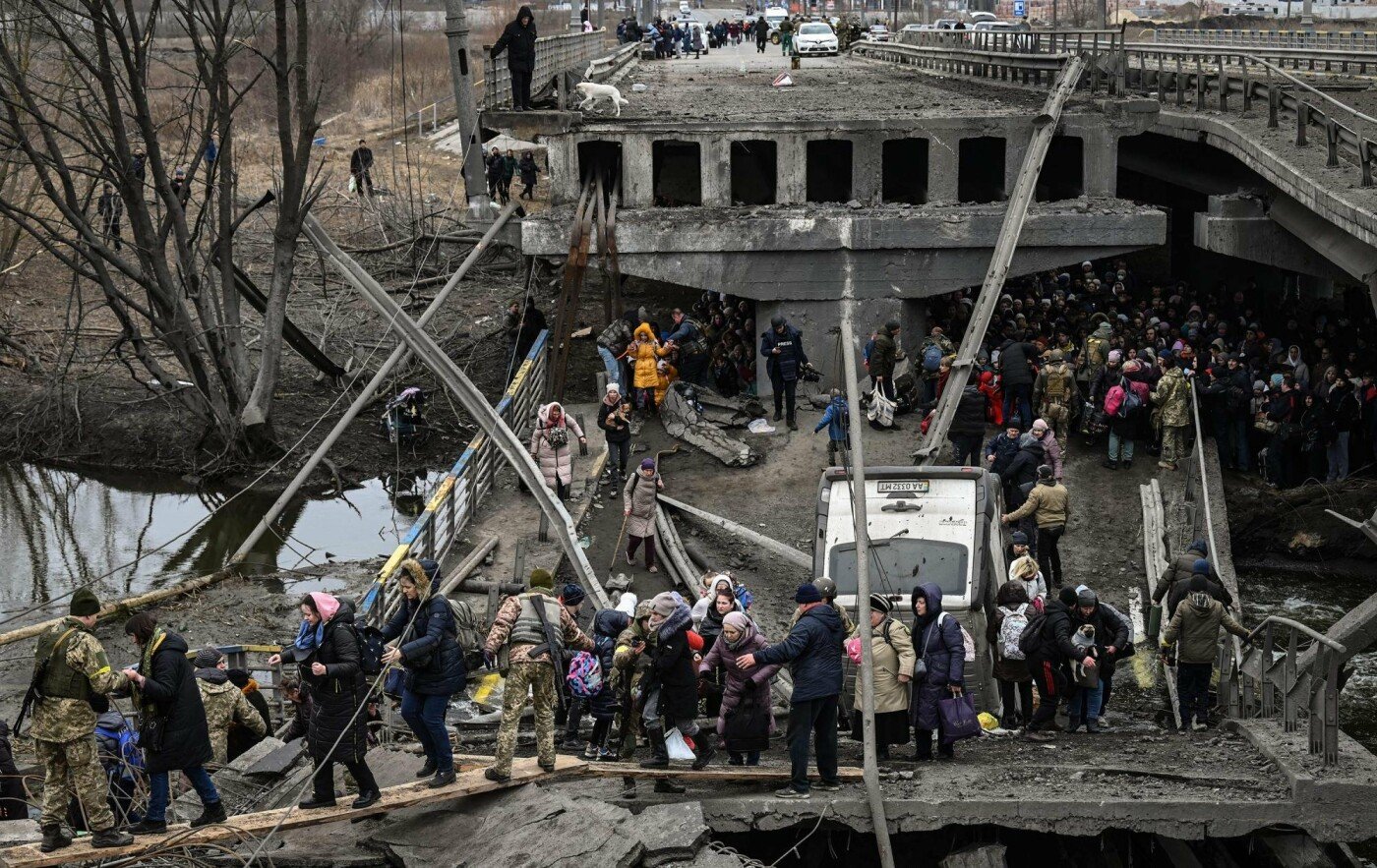
However, regardless of the “success” or “failure” of Putin’s plans, it will lead to dangerous situations. Dr Goeman explains that if there is “success”, then there may be no stop to Putin’s demand for control. Although if there is “failure”, Putin may act more dangerously to save himself, possibly escalating to nuclear weapons as stated by Dr Mearsheimer. He emphasizes that this war may continue for years due to Putin’s persistence, NATO’s persistence, and Ukraine’s lack of protection. This could bring a higher chance of more catastrophic damages and prominent intervention from other countries such as the U.S.
So, what is the solution? Treaties? Rebellion? War? Due to Ukraine’s lack of resources for protection, Dr. Mearsheimer proposes that Ukraine should leave NATO and instead become a neutral country by making peace with Russia. He, however, adds that he sees little chance of this occurring as this would currently be marked as a “win” and make many Ukrainians and countries of NATO very unhappy. Professor Robert H. Wade at the London School of Economics writes that the diplomatic solution must have NATO be content with sovereign countries (Ukraine) who do not want NATO membership; the U.S. and the West acknowledge their part in provoking Putin; recognize that Ukraine is not just a foreign country for Russia as they have long, intertwined history; and ensure rights of the Ukrainians who use aspects of Russian culture.
For a Better Future
Many artists, athletes, models, idols, and ordinary people like you and me are taking a stance to help Ukraine. Take Pink Floyd for example, an English rock band that recently returned to release the single “Hey Hey Rise Up” and raise donations with Ukrainian artist Andriy Khlyvnyuk from Boombox. Thus, be the helping hand!
Donations
Ukraine Crisis Relief Fund – a 4/5 star rating charity towards helping refugees receive basic needs, health support, and education & economic assistance.
Help Ukraine Center – an organization connected with the Ministry of Health and the Cabinet of Ministers to help refugees receive humanitarian and medical support. Read their FAQ to learn more.
#SupportUkraine – a team of 42 helping their family and friends in Ukraine by sending protective gear to Ukrainian soldiers. More nonprofits are on their website.
Support the Musicians

Spread Ukrainian music from Spotify. Their rightsholders may receive a portion of the money received from streams, which could support the artists.
Ukrainian Contemporary Music Festival – bringing contemporary composers and performers ranging from classical to electroacoustic music. Click on the top-right headings to explore more artists from past years.
LvivMozArt – uniting Ukraine and the world with Mozart. Explore and support voices, strings, woodwinds, brasses, pianists, percussionists, bands, and conductors.
Support the Artists

Artfinder’s choice – the online “Etsy” for independent artists explores 10 Ukrainian artists on their platform.
Artfinder’s Ukrainian artists – search results for Ukrainian artists from the online “Etsy” for independent artists.
Sana Shahmuradova, Iryna Babenko, Yuiliana, Valeriya Kamelkova, Lilia Kovalyk – illustrators and photographers featured in an NPR article.
Support the Authors
Grey Bees by Andrey Kurkov – a fiction book regarding the conflict in Eastern Ukraine.
Sweet Darusya by Maria Matios – a historical fiction following a young Ukrainian woman filled with beauty and pain.
Further Links
www.nytimes.com/live/2022/05/17/world/russia-ukraine-war-news





